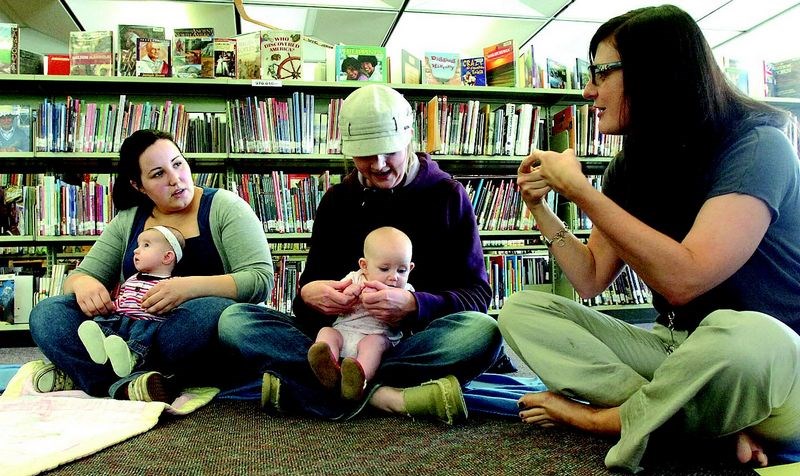One of the bridges used to connect the hearing world with the hearing impaired are interpreters. People who are bilingual in both English and ASL.
ASL is not a translation of English spoken through a series of hand movements, it's another language entirely.
Currently there are no interpreters in Prince George registered with the Association of Visual Language Interpreters of Canada (AVLIC) which leads to further isolation for the community.
"People who are deaf and hard of hearing profoundly feel the inequity of communication access, something most people take for granted," stated the 2009 BC Ministry of Advanced Education and Labour Market Development review of ASL/Deaf Studies in BC.
According to the internationally accepted statistics for deaf people of 1 in 1,000 and using the estimate of one interpreter for 12 Deaf people as a standard, Canada should have approximately 2,600 sign language interpreters to meet the needs of deaf Canadians.
In 2009, the AVLIC had 618 registered sign language interpreters in Canada.
Douglas College, which offers the most recognized ASL program in B.C. had 14 graduates from its program in 2011.
The lack of interpreters exacerbates the communication barrier and further isolates the deaf from important services and sources of information, according to the report.
Many factors impact the availability of interpreters in B.C. and in Canada. The most obvious is the numbers graduating from interpreter education programs across the country. In B.C., 66 students have graduated from the Douglas College Interpreter Education Program from 2004 to 2009.
Nancy Zavaglia has been teaching sign language at the College of New Caledonia for 11 years. She's been profoundly deaf since birth and has lived in Prince George for 17 years.
She says the lack of interpreters in the area is a big challenge for the community here.
"Feeling loneliness is the worst part... too many kids are isolated from others," said Zavaglia.
Because of that, she depends on the Vancouver deaf community for support.
"Vancouver is so huge and thousands of people get involved and provide everything we need but there isn't enough support in Prince George ... a lack of interpreters to support hard of hearing kids in schools is tough as well," said Zavaglia.
Deaf culture revolves around institutions like residential schools and universities for deaf students, social clubs, athletic clubs and religious organizations for the deaf. In the 1940s and 1950s, clubs were a very important part of deaf culture. During that time there were very few social activities deaf people felt comfortable in. In the 1960s, the number of deaf clubs started to decline in part because of a rise in technology like the Teletype (TTY) and closed captioning for TVs.
The further advancement of technology is allowing the communication barrier to weaken even further. Using video chat is proving to be useful for communication when an interpreter can't be present. They can be conferenced into a conversation instead.



